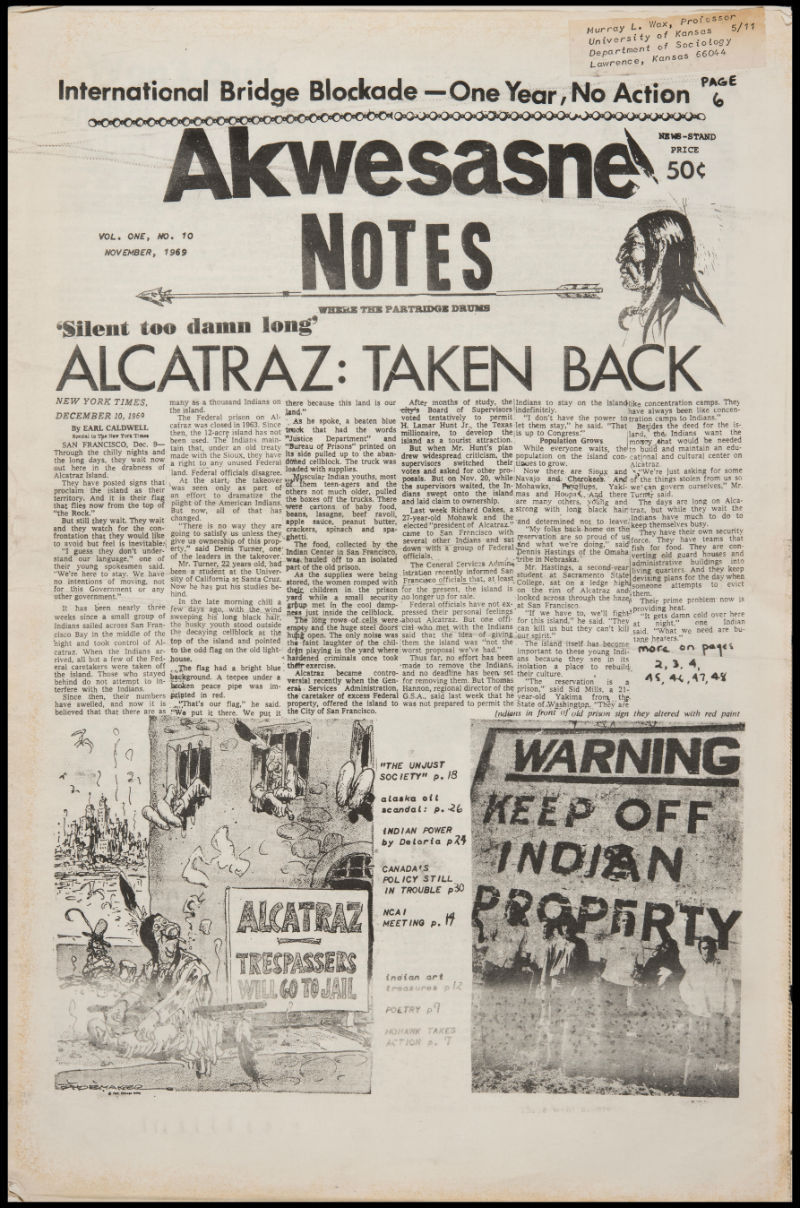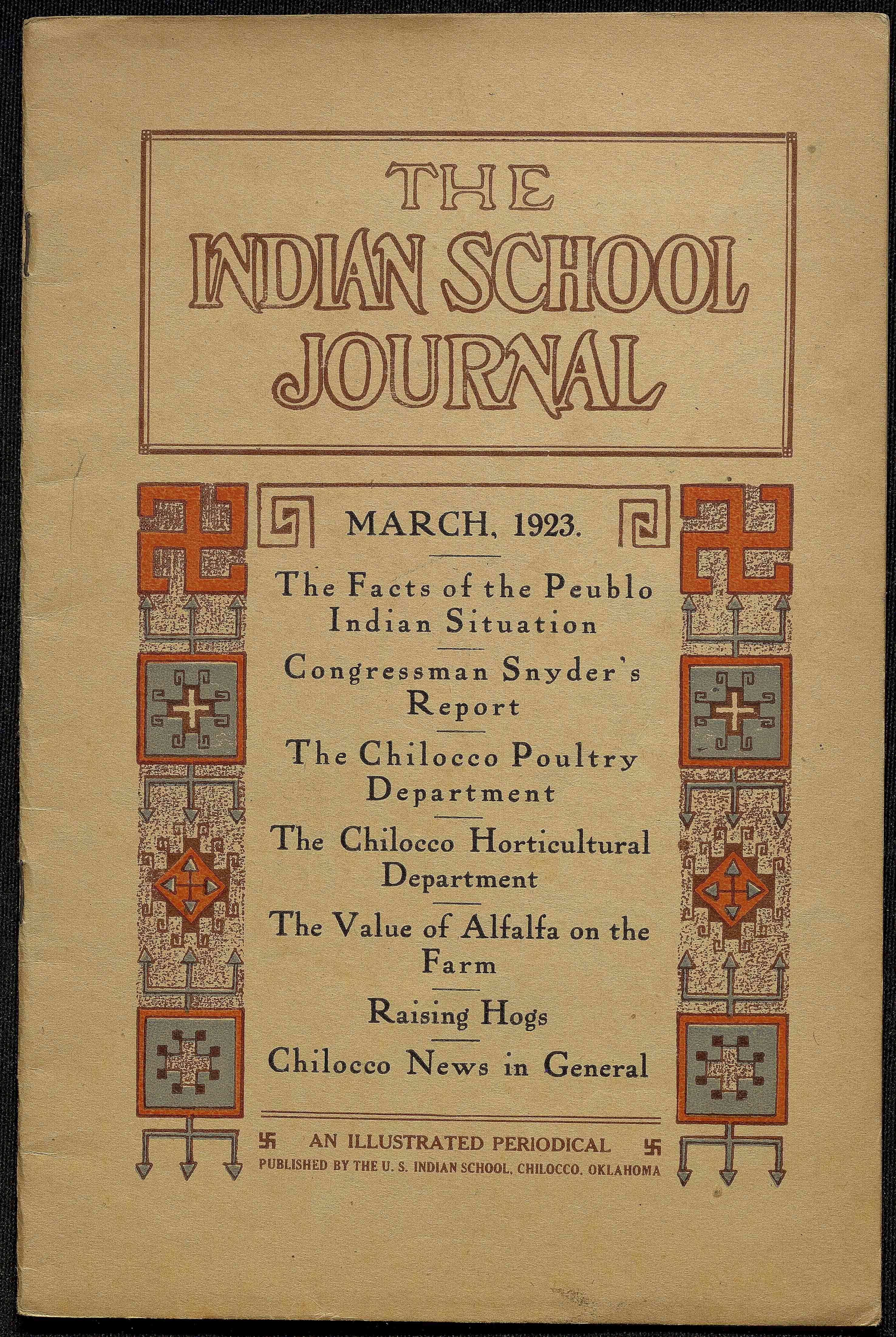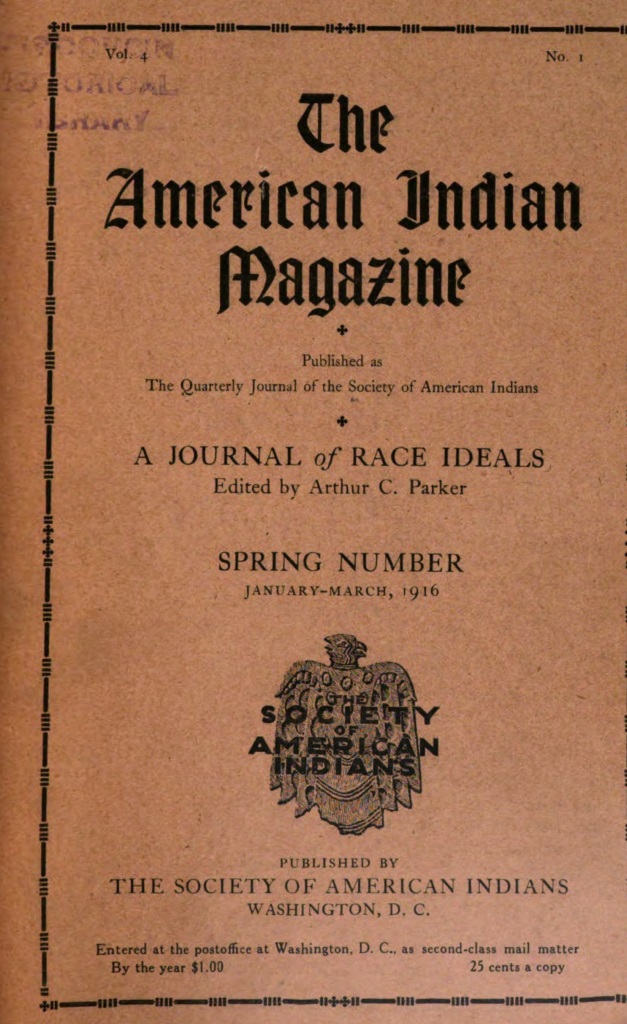
Unveiling the Earth’s Ancient Cartography: Navigating Canyon de Chelly Through Native American Maps
Forget the static, grid-lined maps you’re used to. Imagine a map woven into the very fabric of the land, etched into rock, carried in stories, and alive in the memory of generations. This isn’t a romantic ideal; it’s the profound reality of Native American cartography, and nowhere is it more vividly experienced than within the breathtaking canyons of Canyon de Chelly National Monument in northeastern Arizona. For the discerning traveler seeking a journey deeper than mere sightseeing, Canyon de Chelly offers a unique opportunity to engage with primary sources of indigenous mapping, not just as historical artifacts, but as a living, breathing guide to a timeless landscape.
Most travel guides will describe Canyon de Chelly as a geological wonder, a stunning network of deep canyons carved by eons of erosion, adorned with ancient cliff dwellings. They’ll tell you about its continuous human occupation for over 5,000 years, a testament to its enduring allure. All true, and all captivating. But to truly understand Canyon de Chelly, to truly read this place, you must shed the European notion of a map as a two-dimensional representation. Here, the land itself is the primary source – a dynamic, multi-layered map read not with a compass, but with cultural knowledge, ancestral memory, and an intimate understanding of its contours, resources, and spiritual significance.
The Land as a Living Primary Source: Reading the Earth’s Contours

Canyon de Chelly, along with its adjacent Canyon del Muerto, comprises over 80,000 acres, its sandstone walls soaring up to 1,000 feet, sheltering verdant valley floors watered by seasonal streams. For the Ancestral Puebloans who inhabited these cliffs for centuries, and for the Navajo (Diné) people who have called it home since the 17th century, the canyon was and remains a comprehensive guide to survival and cultural identity.
Consider the fundamental elements of a map: orientation, water sources, trails, resource locations, and significant landmarks. In Canyon de Chelly, these are not abstract symbols but tangible realities. The sun’s path across the canyon rim dictates the optimal planting times and provides a temporal compass. The ephemeral streams and permanent seeps are not merely marked but felt – their presence a lifeblood. The very shape of the canyon, its narrowing passages and widening amphitheatres, directs movement, suggesting routes for travel, hunting, and defense. Specific rock formations like the iconic Spider Rock, a towering sandstone spire, serve as unmistakable navigational beacons and powerful spiritual loci, anchoring the landscape both physically and metaphysically. These are primary data points, read directly from the earth, informing daily life and long-term settlement patterns without the need for an external, portable document.
Echoes of Ancient Cartographers: Petroglyphs and Pictographs
Venturing deeper into the canyon – an experience requiring a mandatory Navajo guide – one encounters the most explicit forms of ancient indigenous mapping: the petroglyphs and pictographs adorning the canyon walls. These aren’t just art; they are visual records, historical archives, and spatial guides. They are primary sources of geographical and cultural information, etched and painted by the hands of those who knew this land intimately.

Take, for instance, the famous "Antelope House" or "White House Ruin." While these sites are renowned for their impressive cliff dwellings, look closely at the surrounding rock faces. Here, ancient artists depicted human figures, animals (like deer and bighorn sheep, vital food sources), handprints, and abstract symbols. Some patterns are believed to denote trails, water sources, or specific hunting grounds. Others narrate historical events, migrations, or celestial observations, all of which are intrinsically linked to geographical understanding. A series of connected dots or lines might represent a journey, a sequence of significant places, or a seasonal route. A depiction of a specific animal might indicate its habitat or a successful hunting expedition in that particular area.
These visual narratives served as mnemonic devices, reinforcing oral traditions about resource locations, safe passages, and sacred spaces. They were accessible maps for those who understood their visual language, passing down critical spatial knowledge from one generation to the next. Unlike a modern map, which tries to be universally legible, these were deeply embedded in specific cultural contexts, understood by those within the community who shared the knowledge system. To see them firsthand, illuminated by the shifting canyon light, is to witness the original mapmakers’ hands at work, translating their world directly onto its canvas.
Navigating the Generations: Oral Traditions and Sacred Geography
Perhaps the most pervasive and profound form of Native American mapping at Canyon de Chelly is the oral tradition. For the Navajo people, their entire worldview, Diné Bikéyah (Navajo Land), is mapped through stories, songs, and ceremonies. These narratives are not just entertainment; they are encyclopedias of geographical knowledge, embedding locations of sacred sites, resource areas, medicinal plants, and historical events within a rich tapestry of meaning.

A Navajo elder guiding you through the canyon might point to a specific rock formation and recount a creation story, simultaneously identifying a traditional gathering spot or a place where a specific plant grows. The story is the map. It tells you not just where something is, but why it’s important, its history, its spiritual resonance, and its relationship to other places. The journey of the Hero Twins, the emergence stories, or accounts of historical events like the "Long Walk" (Hwéeldi) – all are deeply interwoven with the landscape of Canyon de Chelly and the broader Navajo Nation. These narratives delineate ancestral trails, mark traditional hunting grounds, and identify places of refuge, making them indispensable primary sources for understanding indigenous spatial cognition.
This "sacred geography" ensures that the land is not merely a physical space but a living entity imbued with meaning and memory. The concept of Hózhó, balance and harmony, extends to the relationship between people and their environment, which is constantly reinforced through these oral maps. When you hear these stories while standing in the very place they describe, you are not just learning history; you are experiencing a form of cartography that is dynamic, participatory, and profoundly personal.
Experiencing the Map: Visiting Canyon de Chelly Today
Visiting Canyon de Chelly is a transformative experience, especially when approached with an understanding of its deep cartographic history. Unlike many national parks, the inner canyon is not open for independent exploration. Access is strictly controlled by the Navajo Nation, and visitors must be accompanied by an authorized Navajo guide or ranger. This restriction, far from being an impediment, is the key to unlocking the canyon’s true "map."
Descending into the canyon with a Diné guide is like stepping into a living classroom. They don’t just point out ruins; they tell you the stories connected to them. They show you the plants used for medicine or food, explaining their location within the canyon’s ecosystem. They identify ancient trails, still used today, which represent millennia of human movement and knowledge. You learn to "read" the canyon through their eyes and their ancestral wisdom. You hear the wind whisper through the cottonwoods and see the sunlight dance on the cliff dwellings, understanding that every element of this landscape has a name, a purpose, and a place within a vast, intricate map that predates any paper chart.
You might visit White House Ruin, nestled against the red cliffs, and learn not just about its inhabitants but about the strategic placement that offered both shelter and defensive advantages. You might gaze up at Spider Rock, its imposing form a silent sentinel, and hear the stories of Spider Woman, a crucial deity in Navajo cosmology, whose presence ties the physical landmark to the spiritual and ethical dimensions of the land.

Practical Travel Tips & Respectful Exploration
For travelers eager to explore this unique "map," planning is essential. Canyon de Chelly is located within the Navajo Nation, and cultural respect is paramount.
- Guided Tours are a Must: As mentioned, you cannot enter the canyon floor without an authorized Navajo guide. Options range from short half-day tours to full-day excursions, often via four-wheel-drive vehicles, horses, or even hiking. Look for reputable Navajo-owned tour operators.
- Rim Drives: The North and South Rim Drives offer stunning overlooks and are accessible independently. These provide panoramic views of the canyons and offer a good initial orientation, allowing you to appreciate the scale of this natural "map."
- Best Time to Visit: Spring and fall offer pleasant temperatures. Summers can be hot, and winters can be cold, but each season has its own beauty.
- Accommodation: Lodging is available in nearby Chinle, Arizona, or you can opt for camping within the monument or on the Navajo Nation.
- Cultural Sensitivity: Remember you are a guest on sacred land. Always ask permission before photographing people, respect private property, and do not disturb any archaeological sites or artifacts. Leave no trace.
Conclusion: A Journey Beyond Borders
Canyon de Chelly is more than a national monument; it is a profound primary source for understanding Native American cartography. It challenges our preconceived notions of what a map is, revealing it to be a dynamic, living entity interwoven with culture, history, and spiritual belief. Here, the landscape itself is the map, its features etched with millennia of human interaction, its stories whispered through generations, and its lessons waiting to be learned by those willing to listen and see with an open heart. To visit Canyon de Chelly is not just to see ancient ruins; it is to embark on a journey into an ancient way of knowing, navigating a world where the earth truly speaks, guiding us not just through space, but through time and meaning. It’s an invitation to experience cartography as it was originally intended: a guide to life itself.
